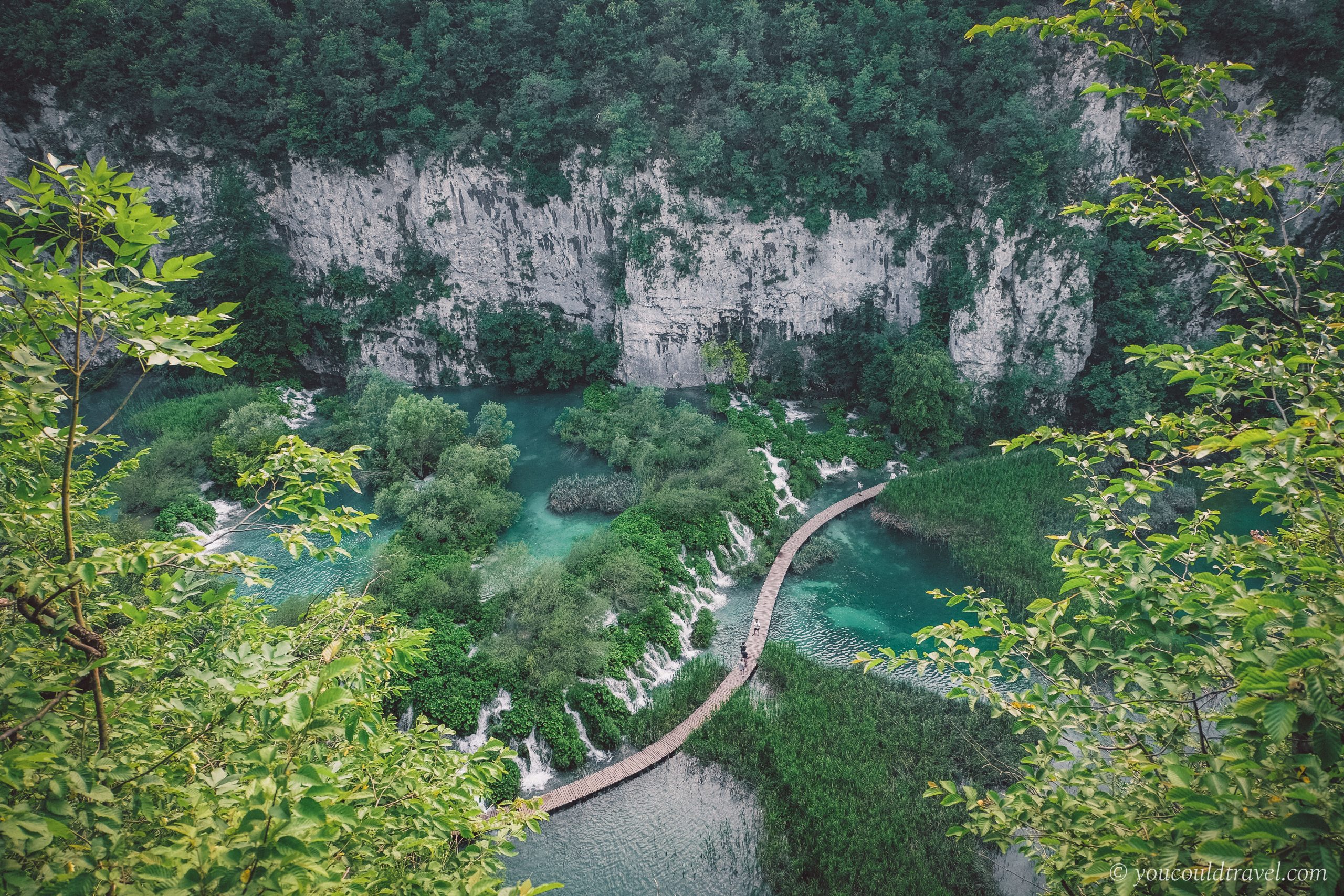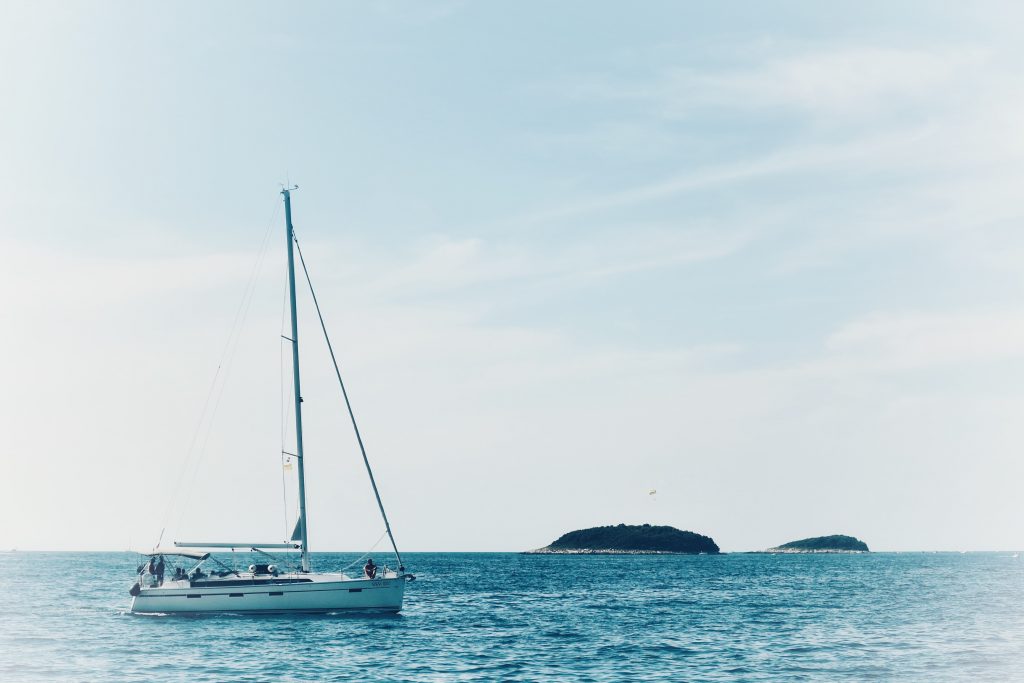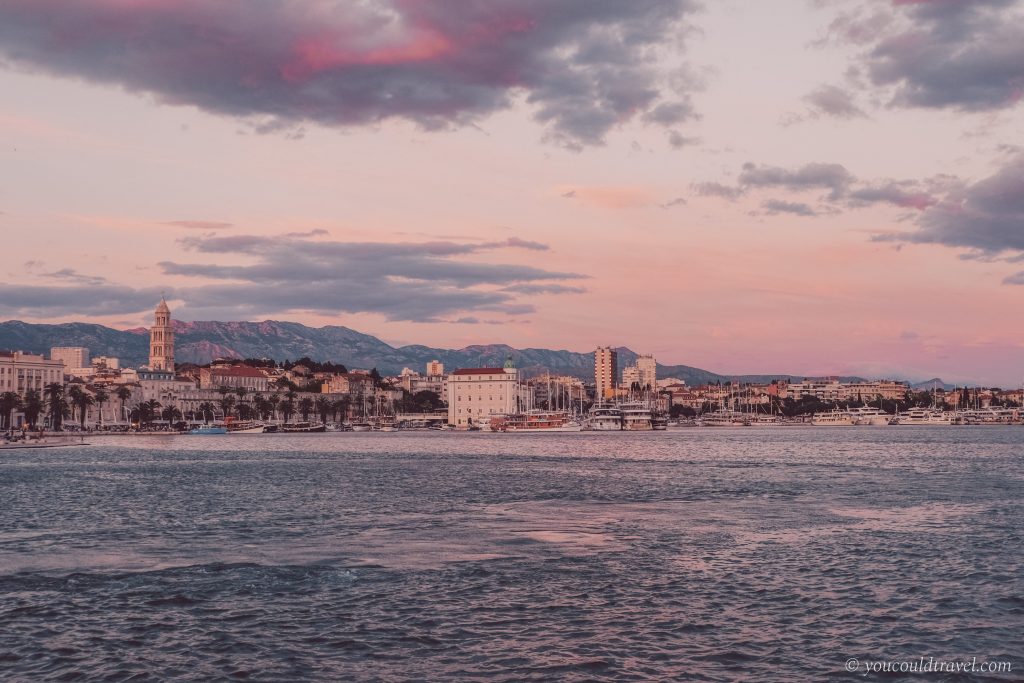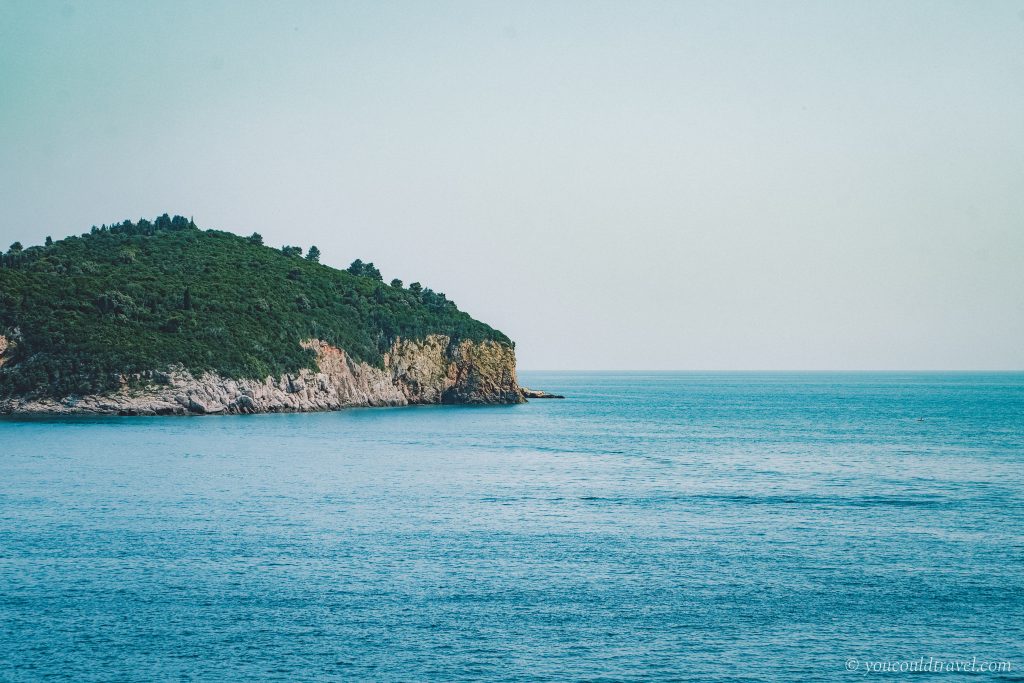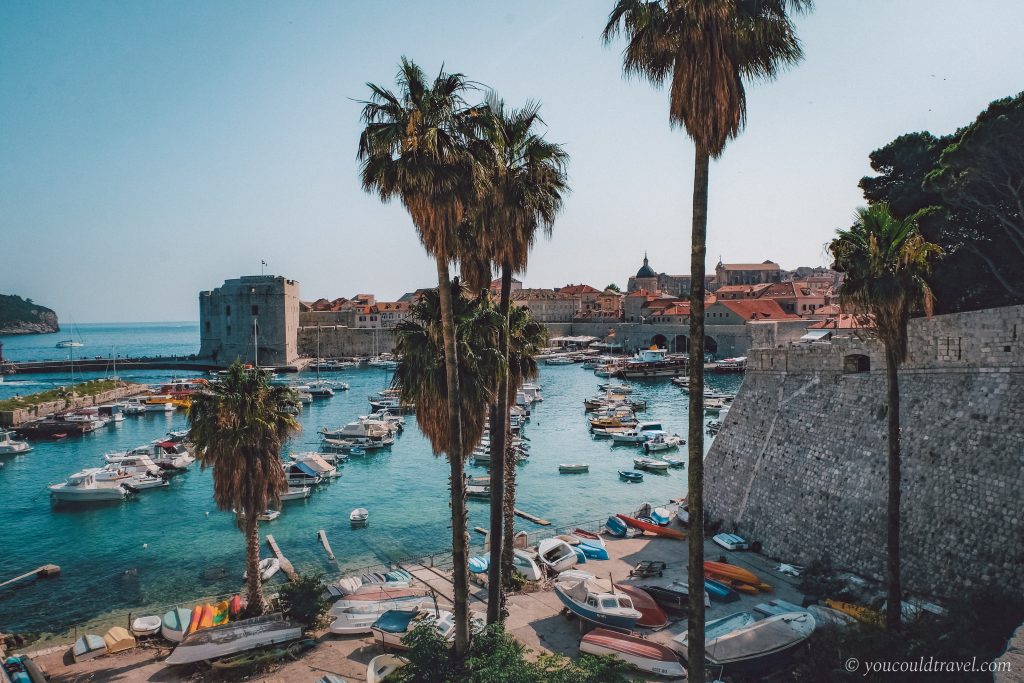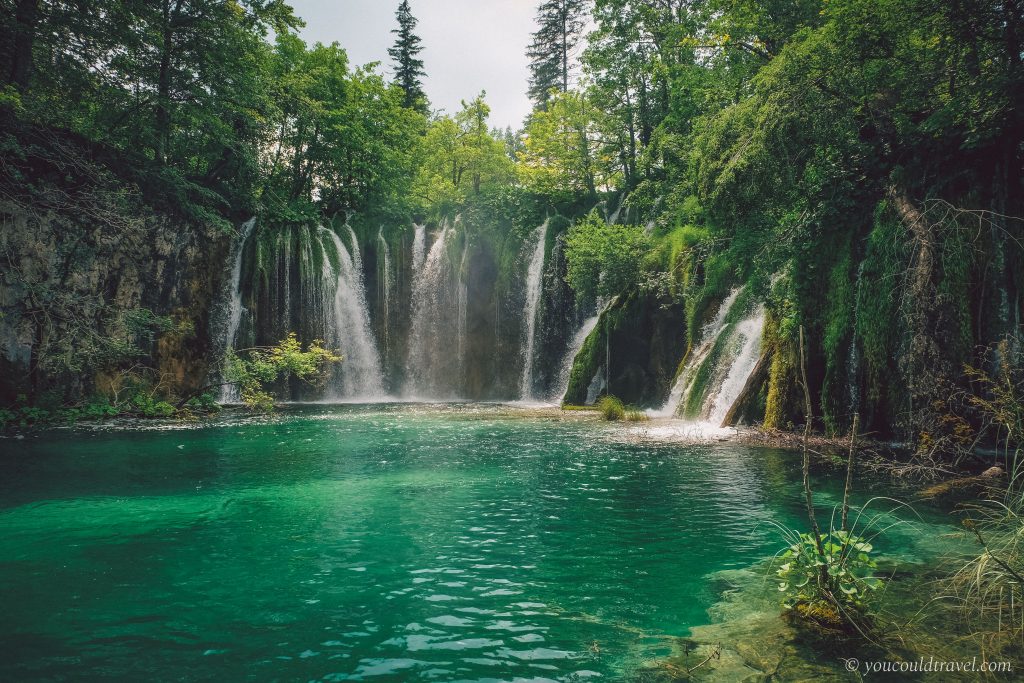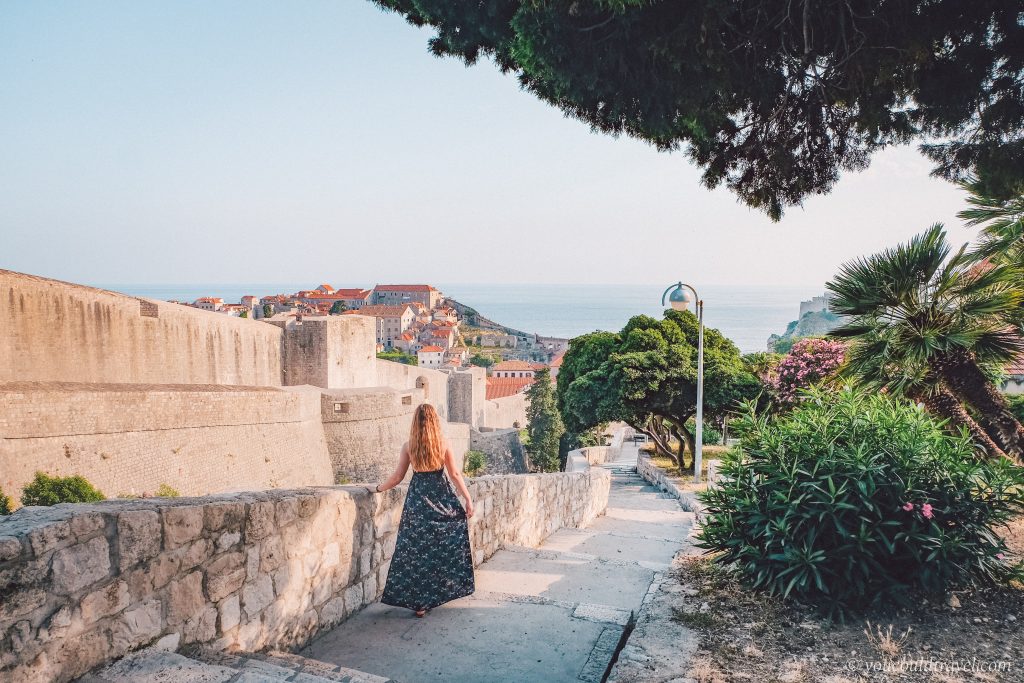Croatia is gifted when it comes to natural scenery, culture, and history. It is no wonder why it is one of the most coveted tourist destinations right now. Be prepared to plan for a seamless travel experience.
The amazing Croatian scene ranges from hilltop towns, beaches, lakes, to medieval cities. If you have enough time, make sure to explore beyond Zagreb so you can discover what Croatia is truly about.
Never underestimate the climate in Croatia. While one region might be warm and sunny, other regions can be freezing cold. Always plan outfits and itineraries according to your destination.
Getting to Croatia, is relatively easy as most major airlines service flights to Zagreb or Split. Once in Croatia, getting around is not difficult either. You can rent a car from the airport so you can drive yourself to various destinations. Alternatively, you can take advantage of the efficient public transportation available, such as trains and buses.
Diverse yet Unique Croatia
Due to the fact that Croatia is quite a culturally diverse destination, Croatian cuisine can really vary by location.
In the coastal region, you’ll find the majority of restaurants serving up a wide variety of exquisite seafood dishes using freshly caught fish.
In central Croatia, you’ll find a culinary style closer to that of central Europe. The gastronomy in this region is focused around meats and intense, spicy, flavours.
In Zagreb, the capital city of Croatia, you’ll find hundreds of cafés and restaurants where the coffee is the main focus. So it’s time to take a break, relax and people watch.
Stunning Beaches
Croatia isn’t known for smooth and sandy beaches, but for its endless coastlines filled with pebbled and surreal pristine water. Croatian beaches are famous for hosting hundreds of events throughout the year, so expect to see popular locations, especially during the peak summer season where tourists and locals band together to host the best parties in the region.
Best Time to Visit
When planning a trip to Croatia, it is important to know when to go as the climate can vary significantly. If you are visiting the coastal regions of the country, expect warm summers and mild winters. The best time to visit this region is from May to June or September to October. During these times of the year, the weather is pleasant and you can expect mostly sunny days.
If you are planning a visit to inland Croatia, it is best to avoid a trip during winter. You can experience a high amount of snow and it can get cold. The average daily temperature in the winter is always below the freezing mark. The best time to go is spring so you can go cycling, hiking, or sightseeing without too many weather-related complications.
What to Expect
If you are going on a trip to Croatia, make sure you are packed with the information you need to know. Here are some basic tips to keep in mind:
Currency
The official currency of Croatia is Kuna.
Language
The official language is Croatian.
ATMs
All ATMs are known as bank mats in Croatia. They are widely accessible, regardless of where you are in the country (particularly within the tourist area). Most of the ATMs do accept international bank cards and can be transacted in English. For convenience, make sure to bring one extra card, just in case one of your cards is declined.
Plugs
The plug type used in Croatia is the standard European one with a ground prong.
Safety
Croatia is a very safe country. There is no threat of terrorism or violence. Violent crimes are rarely reported. It is extremely safe to travel to this nation, and that is part of the reason Croatia is a favorite destination for many tourists.
Climate
The climate in Croatia is divided into three major regions. The first one is the Pannonian Plains in the north. This region experiences hot summers and cold winters.
The second one is Central Croatia, which encompasses the Dinara Region. Since this area is mountainous, it enjoys the alpine climate.
The last one is the Adriatic Coast, which experiences a cool climate with rainy winters. It is very similar to the Mediterranean climate.
The temperature in Croatia during winter can range from -1 to 30 degrees Celsius, depending on the region. Meanwhile, the summer temperature can get up to 26 degrees Celsius in the continental region, or 30 degrees Celsius in the coastal region.
